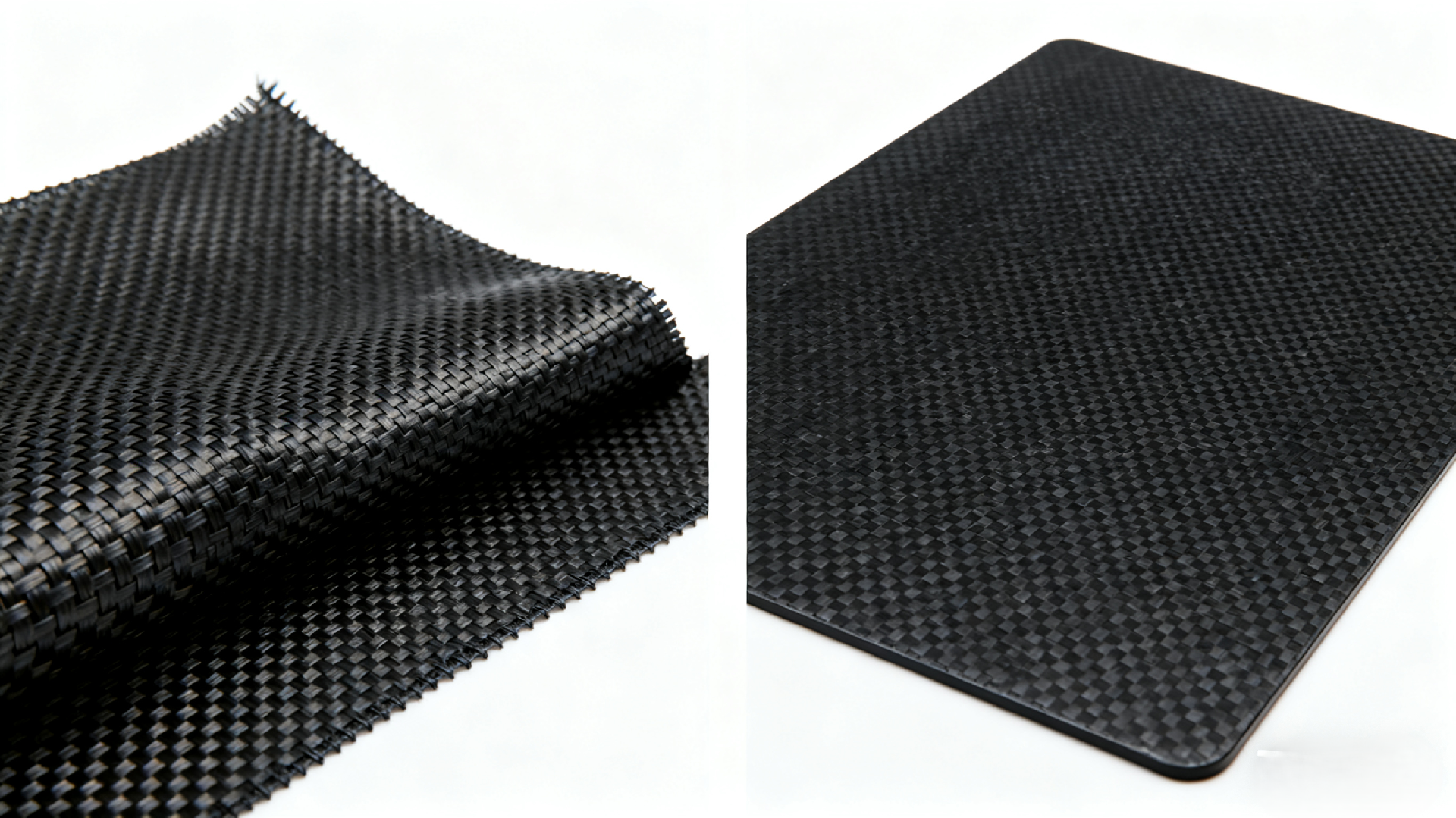How can carbon fiber be combined with 3D printing?
- Nov-20-2025
- (1) Views
1.How does 3D printing in the aerospace industry use carbon fiber to manufacture different parts?
Currently, the application of carbon fiber 3D printing in the aerospace field is limited.
Extensive qualification is required before new materials and processes can be used in aerospace.
However, many aerospace companies are using 3D-printed carbon fiber parts as supports and specialized tools.
3D printing is used to manufacture parts in limited production runs, where otherwise, lead times would be very long.
Many repair and maintenance tasks require specialized tools, which are costly and have long lead times.
With 3D-printed carbon fiber, both lead times and costs are now being significantly reduced.
2.What are the advantages of carbon fiber compared to other 3D printing materials?
Compared to other 3D printing materials, carbon fiber printed parts have the advantage of higher strength.
Most 3D printed parts are made of relatively weak materials like PLA or ABS, meaning these parts cannot be used for structural purposes.
However, 3D printed carbon fiber materials have strength comparable to aluminum. This opens up many application areas for 3D printed parts.
3.Is carbon fiber stronger than steel?
Yes, when comparing their respective strength-to-weight ratios, carbon fiber is stronger than steel.
Although both steel and carbon fiber have an elastic modulus of 200 GPa, steel is five times heavier than carbon fiber.
This high strength-to-weight ratio is why carbon fiber is likely to be favored in many applications.
4.Is carbon fiber stronger than aluminum?
Yes, carbon fiber is much stronger than aluminum. Aluminum has a tensile strength of up to 570 MPa, while ultra-high modulus carbon fiber has a tensile strength exceeding 5.5 GPa.
5.What is the difference between carbon fiber and carbon fiber 3D filament?
Both traditional carbon fiber and 3D-printed carbon fiber offer increased strength and reduced weight, but their applications differ significantly.
Traditionally, carbon fiber is a woven fabric coated with resin and then cured. Traditional carbon fiber is typically made into large panels and tubular sections,
but it can also be used to create scaffolds. 3D-printed carbon fiber is either diced into microfilaments and added to filaments before being printed into parts that often have complex geometries,
or it is printed as a single continuous filament within discrete layers of a 3D-printed part.
 English
English





